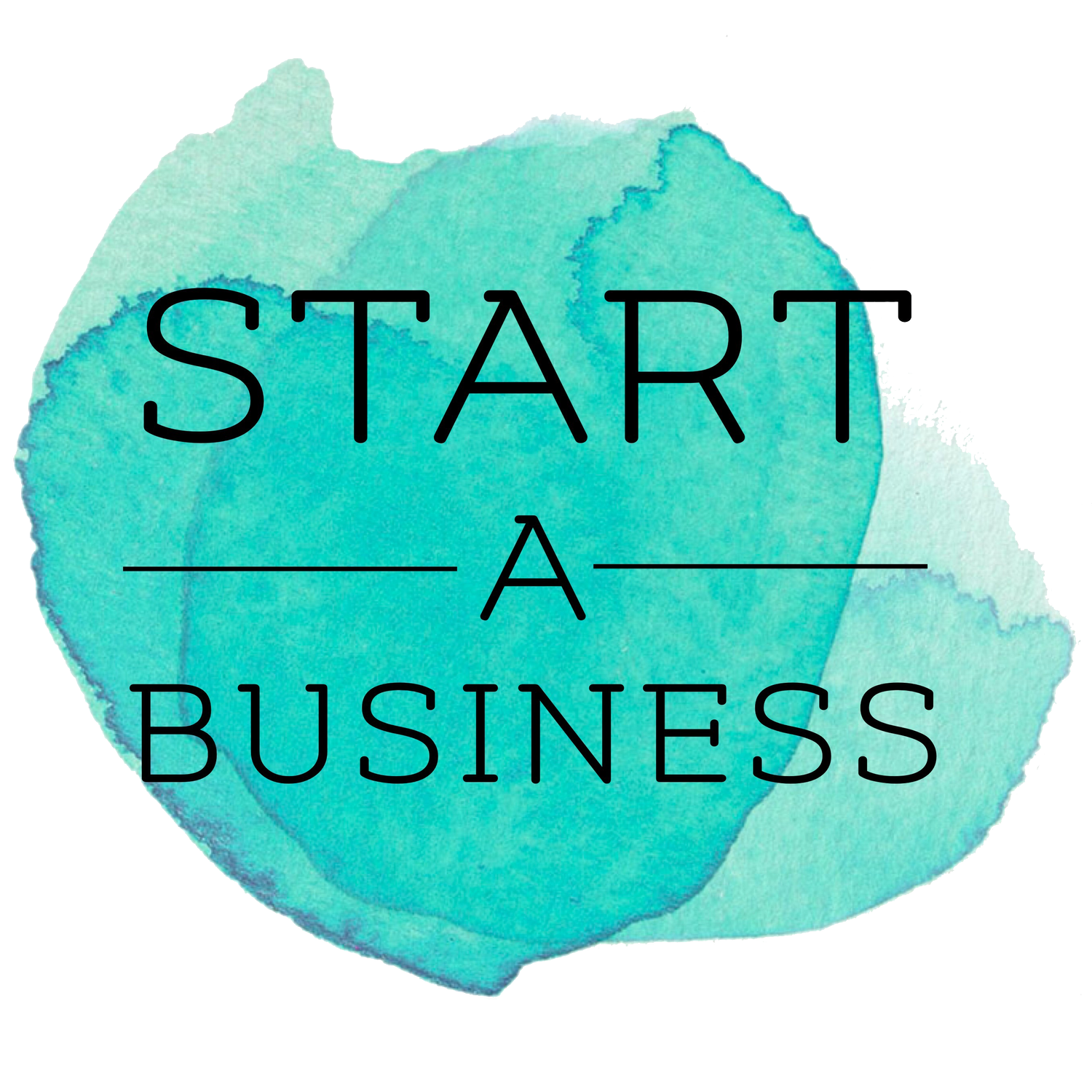Day 1 of our #7DayStartupChallenge: Minimum Viable Product (MVP)
Welcome to Day 1 of our #7DayStartupChallenge! Today, we'll be focusing on a key strategy for developing successful products and businesses: the Minimum Viable Product (MVP). Popularized by Eric Ries in his influential book, "The Lean Startup" (2011), the concept of an MVP has become central to startup success. In this blog post, we will explore the core principles of an MVP and how they can help you bring your ideas to market with greater efficiency and success. Let's dive into the world of MVPs and kickstart your entrepreneurial journey!
1. Simplicity
An MVP is the most basic version of a product that can still deliver its core functionality and value proposition. It's not about creating a feature-rich, perfect product right out of the gate, but rather about focusing on the essentials that will solve the problem or meet the needs of your target customers. This allows you to reduce development time, save resources, and quickly gather feedback from real users.
2. Validated Learning
One of the key tenets of "The Lean Startup" is validated learning, which is the process of using data and feedback from real users to make decisions about your product. An MVP is designed to facilitate this learning process by allowing you to test your assumptions and hypotheses about the market, customers, and product features. By iterating on your MVP, you can rapidly refine your product based on actual user feedback and data-driven insights.
3. Build-Measure-Learn Feedback Loop
In "The Lean Startup," Ries emphasizes the importance of the Build-Measure-Learn feedback loop, a continuous cycle of product development, measurement, and learning. The goal is to minimize the time spent in each iteration of this loop, allowing for faster, more efficient product development. By starting with an MVP, you can more quickly build a product, measure its success or failure, learn from the data, and iterate on your next version.
4. Fail Fast, Learn Faster
MVPs enable startups to adopt the "fail fast" mentality, which means embracing failure as an opportunity to learn and improve. Since MVPs are simpler and less expensive to produce, they allow you to take risks and experiment with different ideas without committing significant resources. By failing fast, you can identify what works and what doesn't, allowing you to make better decisions for your product's future development.
5. Customer-Centric Approach
The primary goal of an MVP is to deliver value to customers, and this means focusing on their needs, preferences, and pain points. Throughout the development process, it's essential to maintain a customer-centric mindset, ensuring that every decision made aligns with the interests of your target users. By launching an MVP and gathering feedback, you can better understand your customers and refine your product to meet their needs more effectively.
Conclusion
As we conclude Day 1 of our #7DayStartupChallenge, it's crucial for aspiring entrepreneurs to consider how the core principles of a Minimum Viable Product, as outlined in Eric Ries's "The Lean Startup," can be applied to their own product ideas. Embracing simplicity, validated learning, the Build-Measure-Learn feedback loop, a fail-fast mentality, and a customer-centric approach can pave the way for more efficient and effective product development. Now, it's your turn to put these concepts into action! Reflect on your own product idea and how you can utilize the power of an MVP to accelerate your journey towards entrepreneurial success. Stay tuned for more insights and strategies as we continue our #7DayStartupChallenge.

